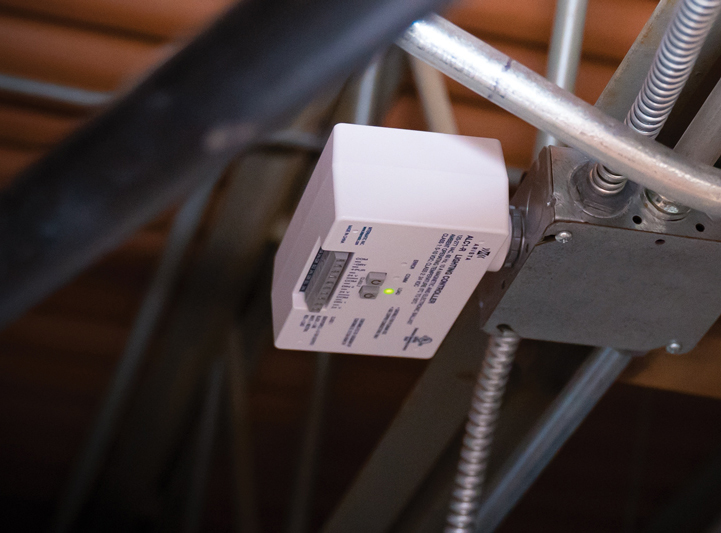
Does pineapple go on pizza? Who’s better, Jordan or LeBron? Should daylight saving time last year-round or switch back to standard time?
Sleepers across the country have debated these polarizing issues for years. And much like the discussion around acceptable pizza toppings and NBA superstars, the federal legislature is still divided about making Daylight Saving Time permanent.
Despite initial momentum in 2022, all signs indicate that the upcoming “fall back” time change on November 5, 2023 will continue to be temporary until the coming spring. Here’s what you need to know to prepare for this year's autumn time change.
When is the "Fall Back" Time Change in 2023
In nearly every state in the U.S., excluding Hawaii and certain parts of Arizona, daylight saving time begins the second Sunday in March and ends the first Sunday in November. Several other countries, including much of Europe and the United Kingdom, follow similar schedules with slight variance based on locale. All 10 Canadian provinces and three territories observe daylight saving time, except for the Yukon, most of Saskatchewan, and select areas in Québec. Mexico adopted Horario de verano nationwide in 1996 because of its increasing economic ties to the United States.
In 2023, residents of the U.S. will “fall back” one hour (reset to standard time) at 2:00 am on Sunday, November 5. Though daylight saving time sets the standard for business and government, it's not to be confused with astronomic timing. Unlike daylight saving time, which is adjusted twice a year, astronomic timing continuously adjusts on/off times based on approximate latitude and date to mirror the sunset and sunrise times. The two schedules are typically suited for different applications and may be used concurrently.
What Systems Should I Update?
In addition to updating the wall clocks and displays throughout your office, school, facility or home, it's important to be mindful of timer controls and systems that are tuned to a time-based reference point. Having one system an hour ahead or behind can lead to other hiccups further down the line.
From digital lighting control systems to defrost modules, walk through your day-to-day operations and think about where you may need to update or verify settings. Are exterior safety lights set an hour ahead? Will the defrost schedule still avoid the lunchtime rush? Do batteries need to be replaced?
Related: Daylight Saving Time How-To Videos
Though it may seem like an extra chore, this will help ensure lights and appliances stay on when they need to be and keep you on schedule for the remainder of the year.
With a little planning, you can rest easy knowing that you'll be on time as we head into the end of 2023 and the start of 2024.




